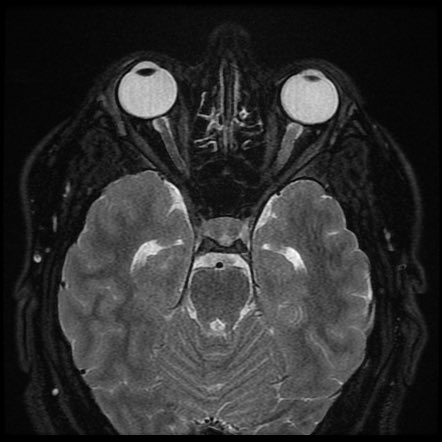Some really good #ClinicalPearls about #Psittacosis with a short #medtweetorial
Something mentioned in today's @CPSolvers #VMR
It's not something that I commonly ask patients with #CAP but I think I will insert the question about them owning a parrot or bird into my questioning
Something mentioned in today's @CPSolvers #VMR
It's not something that I commonly ask patients with #CAP but I think I will insert the question about them owning a parrot or bird into my questioning
In the 1960s and 1970s it was the model organism that laid the foundation for modern chlamydia research.
Psittacosis is also known as avian chlamydiosis, ornithosis, and parrot fever.
It causes an atypical pneumonia when it infects the lungs.
Psittacosis is also known as avian chlamydiosis, ornithosis, and parrot fever.
It causes an atypical pneumonia when it infects the lungs.
All birds are susceptible, pet birds and poultry are most frequently involved in transmission to humans but not human to human
It can also be found in non-avian domestic animals, such as cattle & sheep, but cases of clinical disease & transmission to humans have not been proven
It can also be found in non-avian domestic animals, such as cattle & sheep, but cases of clinical disease & transmission to humans have not been proven
It is thought to comprise approximately 1% of all CAP cases but only <50 are reported in the US each year
Due to lack of routine testing, incidence & prevalence are hard to establish.
It is transmitted by air droplets from feces, urine, respiratory secretions, & feather dust.
Due to lack of routine testing, incidence & prevalence are hard to establish.
It is transmitted by air droplets from feces, urine, respiratory secretions, & feather dust.
Dried organisms remain viable for months. YIKES
Infection in the mucosal surfaces of the lung promotes a host immune response, leading to an autoimmune reaction and manifesting as atypical pneumonia
Infection in the mucosal surfaces of the lung promotes a host immune response, leading to an autoimmune reaction and manifesting as atypical pneumonia
It commonly presents in a young to middle-aged man w/ fever (most common symptom), chills, headache, myalgia, and dry cough.
When systemic, it may present w/ hepatosplenomegaly, hepatitis, endocarditis, myocarditis, and encephalitis
When systemic, it may present w/ hepatosplenomegaly, hepatitis, endocarditis, myocarditis, and encephalitis
And wait for it......A pulse-temp dissociation (#FagetsSign) has been described for psittacosis pneumonia.
Confirmation is w/ serologic testing, namely micro-immunofluorescent antibody test (MIF).
Cultures are discouraged due to being difficult, infectious to lab personnel
Confirmation is w/ serologic testing, namely micro-immunofluorescent antibody test (MIF).
Cultures are discouraged due to being difficult, infectious to lab personnel
Tx is with doxycycline 100 mg PO or intravenously (IV) 2 times per day for 7 to 10 days.
Macrolides are second-line agents. Azithromycin 250 to 500 mg PO once daily is favored over erythromycin.
Macrolides are second-line agents. Azithromycin 250 to 500 mg PO once daily is favored over erythromycin.
Full recovery may take from 6 to 8 weeks, including residual changes on chest films.
Mortality rate in the United States is < 1% with early diagnosis and appropriate treatment
ncbi.nlm.nih.gov/books/NBK52600…
Mortality rate in the United States is < 1% with early diagnosis and appropriate treatment
ncbi.nlm.nih.gov/books/NBK52600…
@DxRxEdu @rabihmgeha @fernandbteich @TxID_Edu @haematognomist @MohitHarshMD @Sharminzi @ArsalanMedEd
• • •
Missing some Tweet in this thread? You can try to
force a refresh






